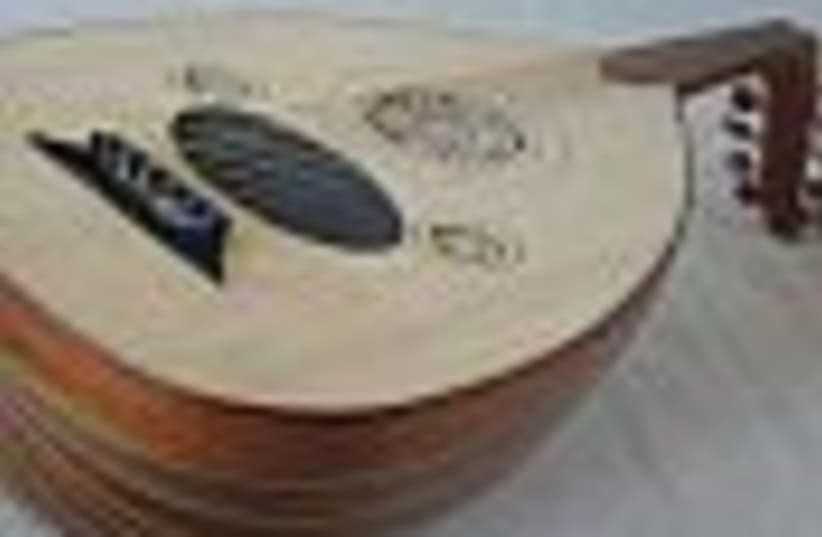| More about: | Israel, Ottoman Empire, Amir Peretz, Yair Dalal |
State of the art
Now that the oud festival is in full swing, it's a good time to reflect on the music of Arabs, Jews and Israel.


| More about: | Israel, Ottoman Empire, Amir Peretz, Yair Dalal |